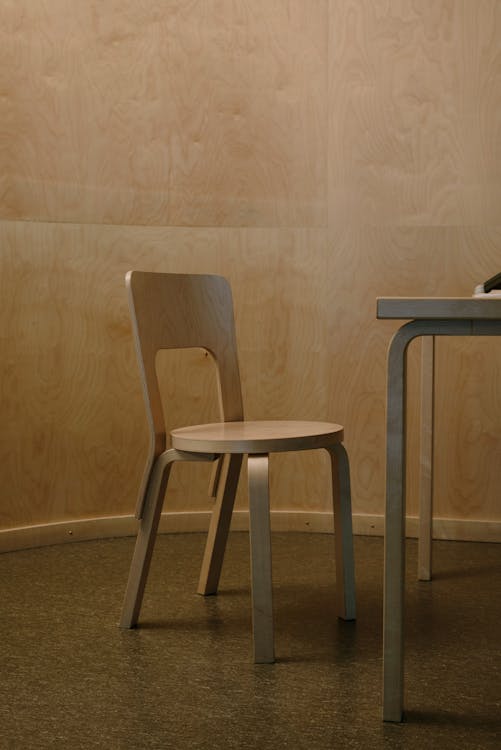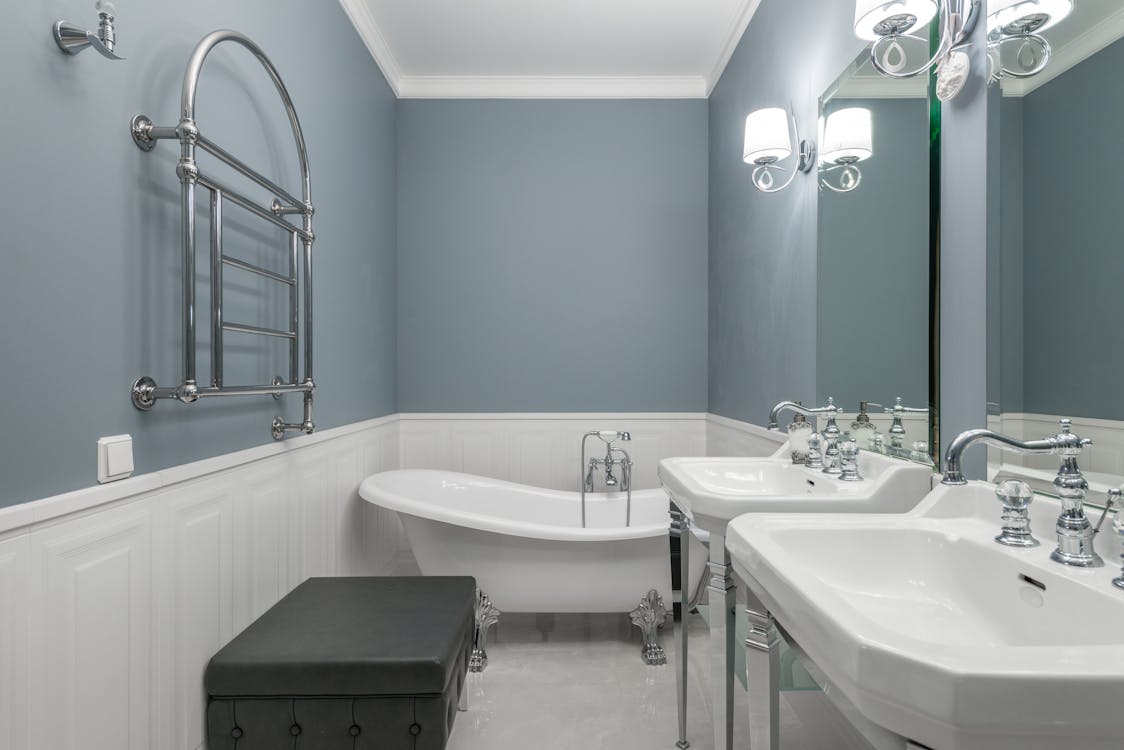In the world of interior design, color is a key player, shaping the atmosphere and emotional impact of a room. Moody hues, with their deep and rich tones, are increasingly popular for adding character and depth to spaces. These colors, reminiscent of twilight skies and ocean depths, offer more than just visual appeal—they evoke emotions, creating spaces that are both seen and felt.

Moody Hues and Emotional Design: Crafting Intimate Spaces
Deep paint colors are revolutionizing the world of interior design, offering a bold and sophisticated way to transform any space. These rich hues, such as navy blue, charcoal gray, and emerald green, create a dramatic and inviting atmosphere that resonates with both modern and classic aesthetics.
By incorporating deep paint colors into your home decor, you can add depth and character to your rooms, making them feel more intimate and luxurious. Whether you’re looking to create a cozy bedroom retreat or a striking living room statement, these colors provide the perfect backdrop for a variety of design styles. Embrace the power of deep paint colors to elevate your interior design and make a lasting impression.
The Emotional Impact of Moody Hues in Interior Design
Emotional design goes beyond functionality, focusing on creating spaces that enhance our emotional well-being. By using moody hues in interior design, you can craft environments that reflect and elevate our moods, providing solace, inspiration, or invigoration.
These deep, rich paint colors transform a room into a sanctuary, resonating with the soul’s desires and offering the heart’s comfort. Incorporating moody hues within the framework of emotional design ensures that your space is not only visually appealing but also emotionally fulfilling.

Moody Paint Colors & Emotional Design
To weave moody paint colors into the fabric of emotional design, consider the following tips:
Understanding the Emotional Palette
Each color has its own psychological impact. Deep blues can calm and center, while rich greens often rejuvenate and inspire. Choose your moody hues based on the emotional ambiance you wish to create in your space.
Balance with Neutrals
To prevent darker colors from overwhelming a room, pair them with neutral tones. This creates a visual balance, allowing the moody colors to stand out without dominating the space.
Play with Lighting
The interplay of light and color can dramatically alter a room’s mood. Use varied lighting sources to highlight the paint colors and set the desired emotional tone, whether it’s cozy and intimate or bold and dramatic.
Incorporate Texture
Textures can amplify the effect of moody paint colors. Velvet, wool, and other rich fabrics add warmth and depth, enhancing the room’s emotional appeal.
Personalize with Decor
Accessories and decor are the finishing touches that personalize a space. Choose items that resonate with you emotionally and complement the moody palette.
Top Decorating Tips for a Beautiful and Personalized Home
Embarking on your own decorating journey? Here are some practical tips to create spaces that are both beautiful and emotionally resonant:
1. Start with Inspiration
Gather images, fabrics, and objects that inspire you. Use these as a starting point to build your color scheme and design concept.
2. Map Out Your Space
Before making any changes, plan your layout. Consider the flow of the room and how each piece of furniture and decor will contribute to the overall feel.
3. Choose Colors Wisely
Decide on a color palette that reflects the mood you want to evoke. Test paint samples in different lights to see how they change throughout the day.
4. Reflect Your Personality
Your space should be a reflection of you. Incorporate elements that tell your story and make you feel at home.
By marrying moody paint colors with the principles of emotional design, you can transform any room into a deeply personal and emotionally supportive space. Remember, the goal is to create an environment that not only looks good but also feels right—a place where you can truly be yourself.
